


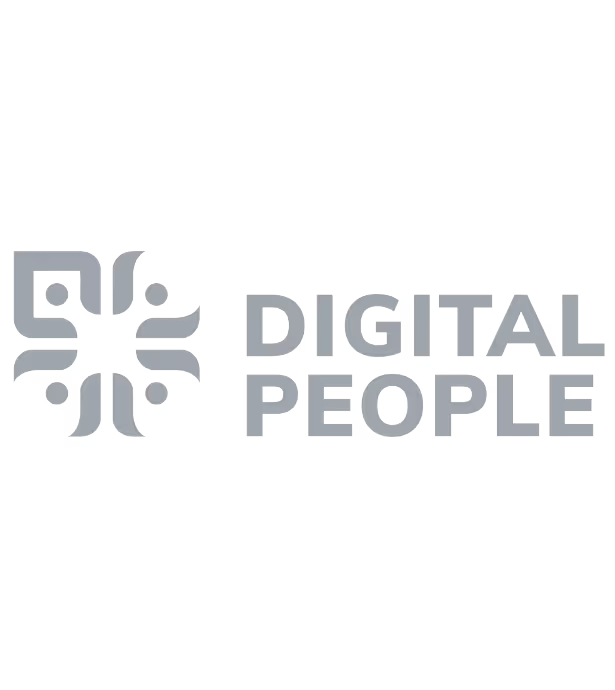
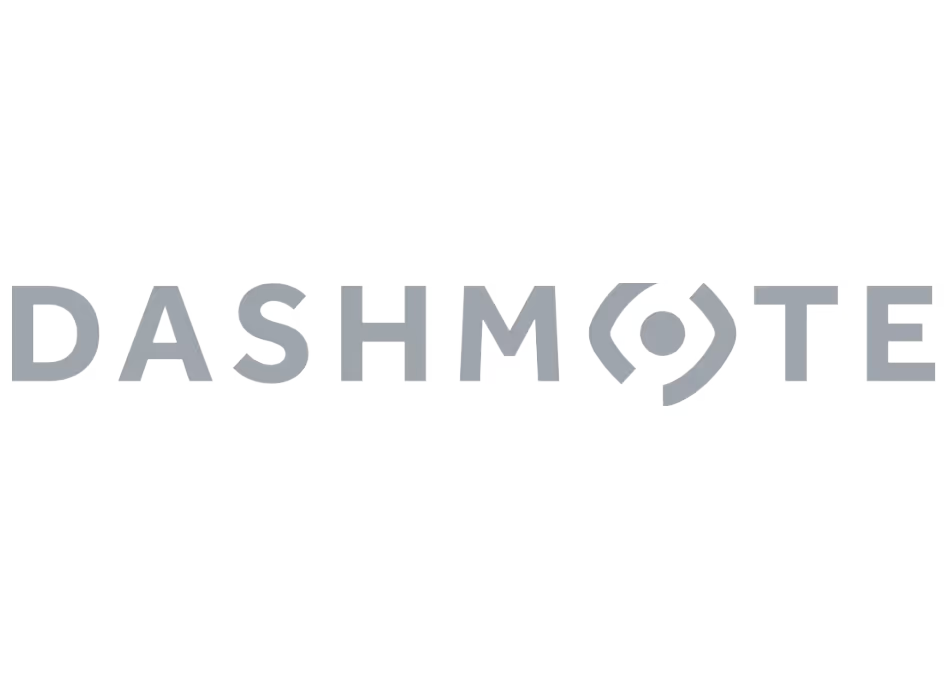
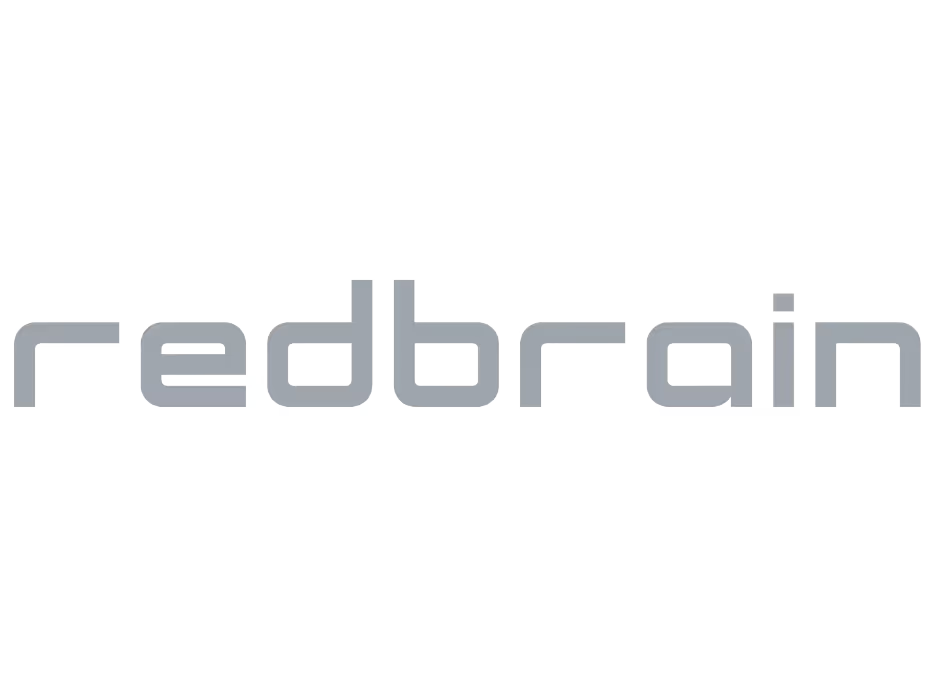
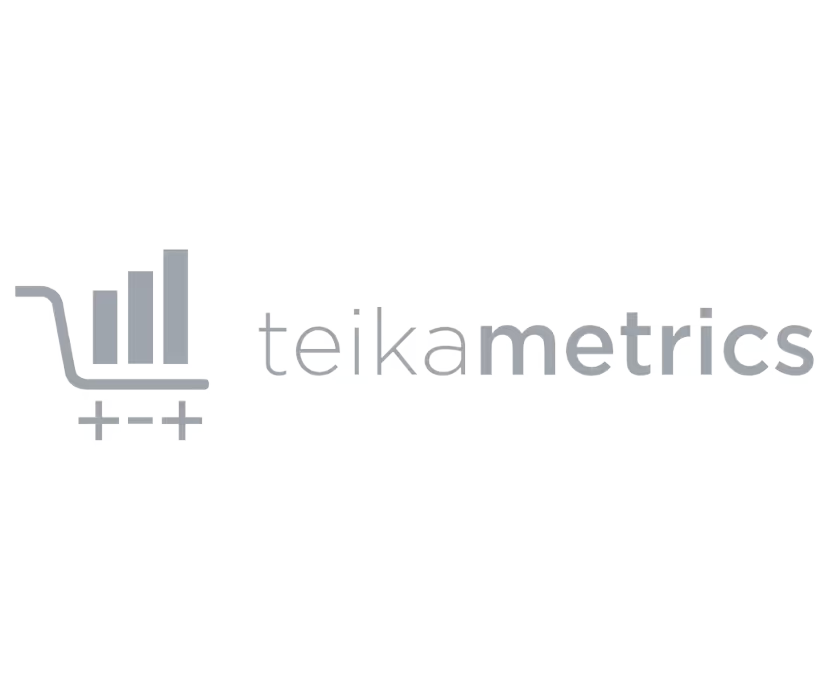
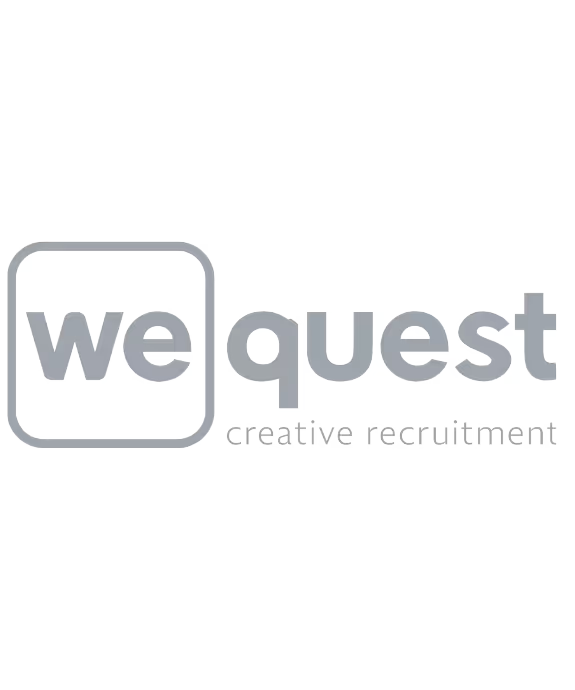

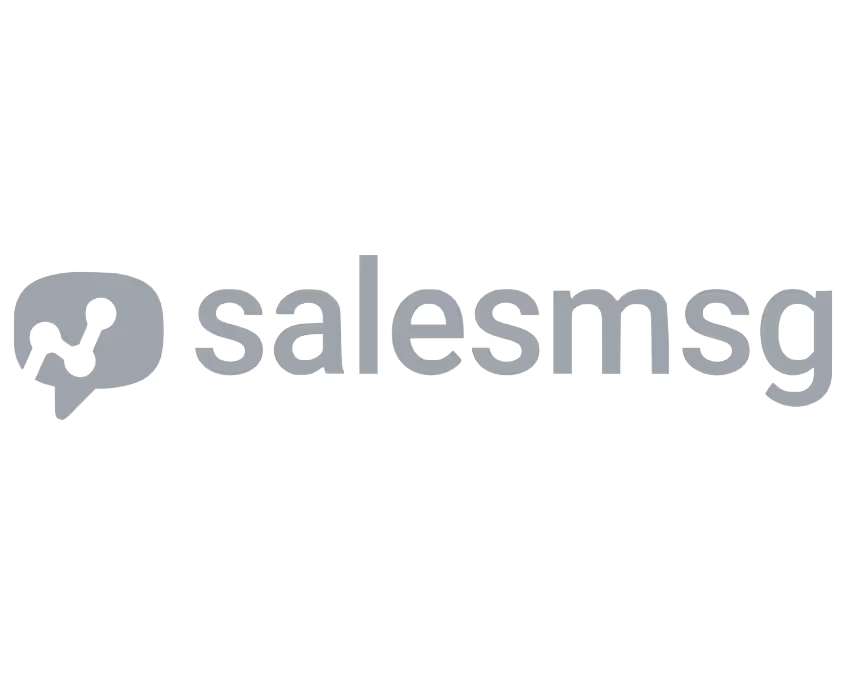
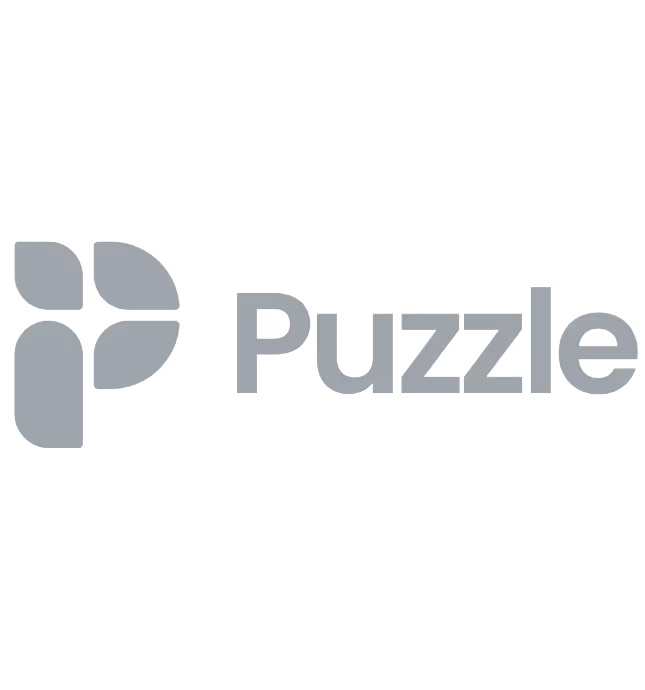
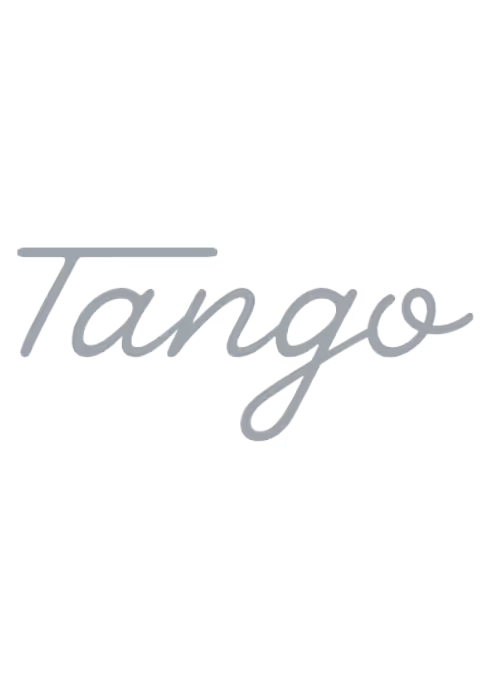


















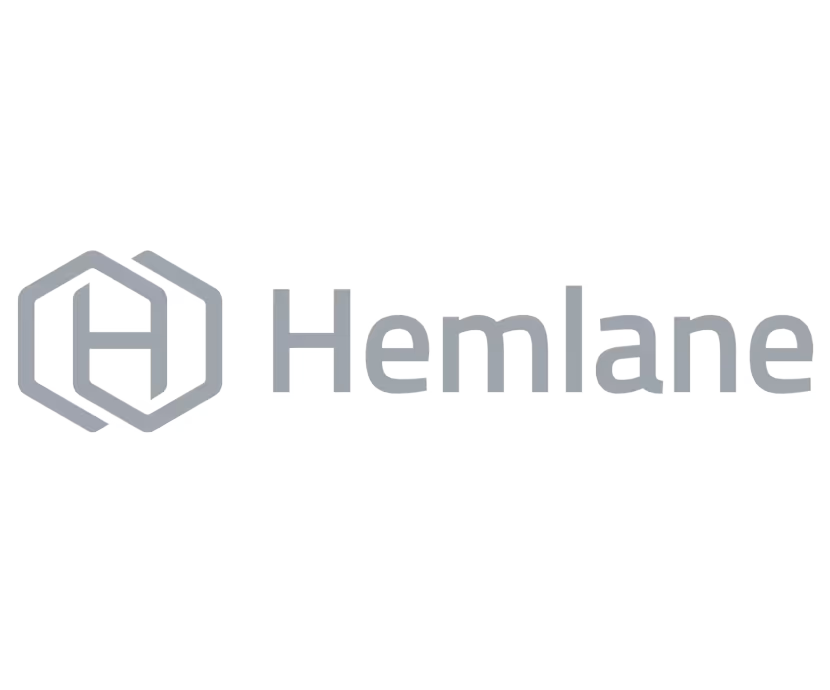

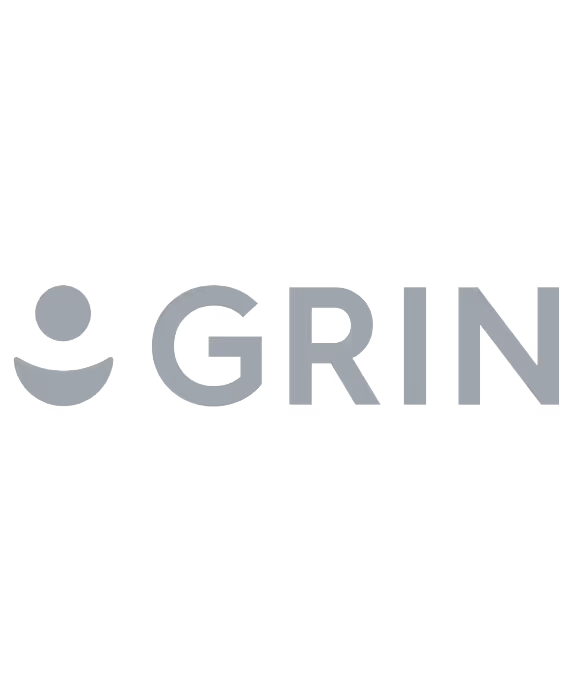
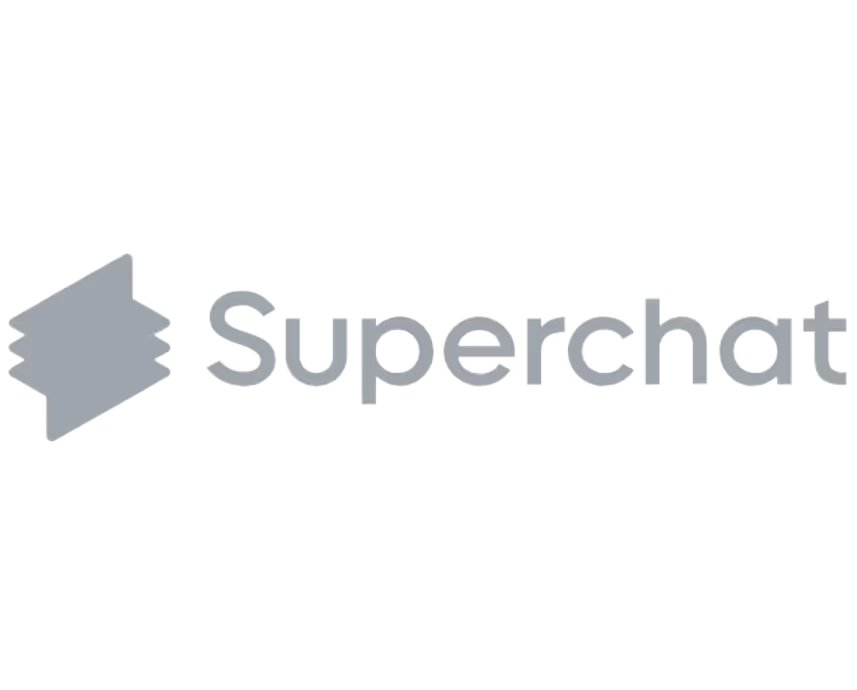
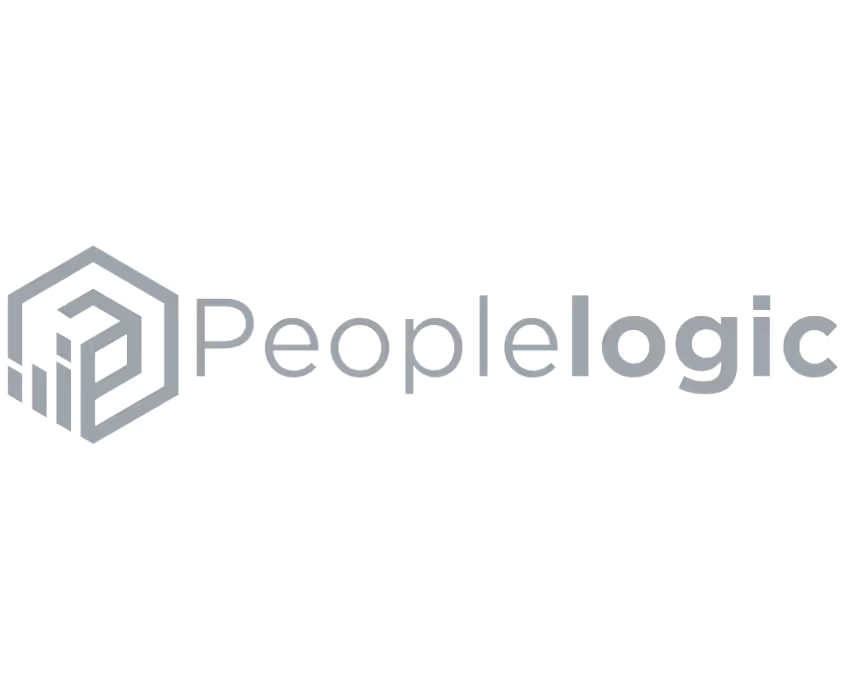

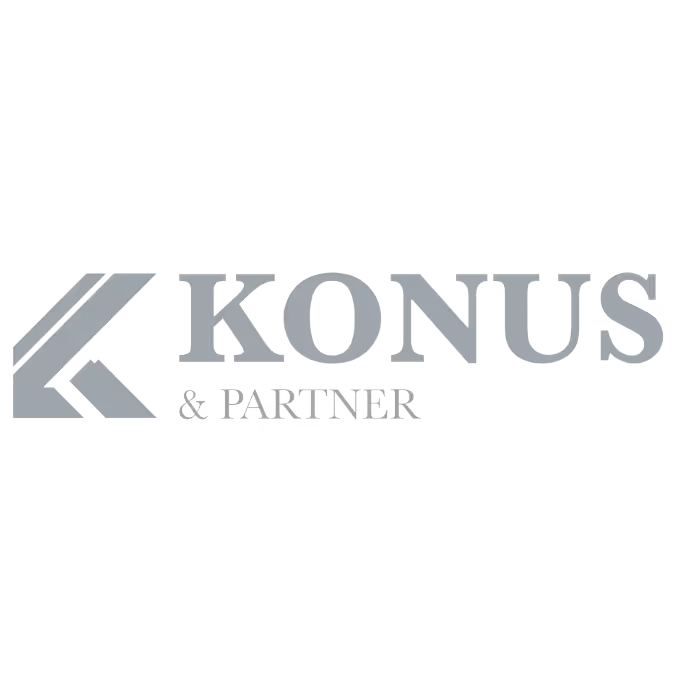

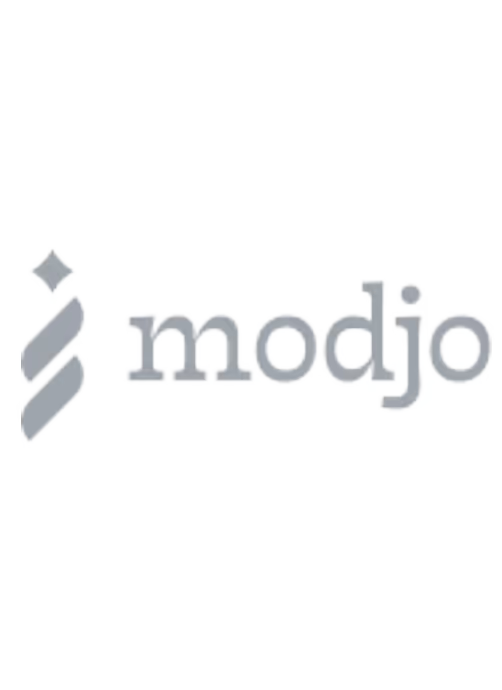





















The context
When Keragon first came to us, they had all the signs of a fast-scaling startup:
- a bold vision
- a product solving real problems in healthcare
- a team hungry for growth.
In early 2025, the company had just secured a $7.5M seed round and was quickly being recognized as the #1 healthcare automation platform, trusted by over 250 healthcare companies to run HIPAA-compliant workflows without code.
But like many growing teams, they were hitting a wall.
Foundation: Where they started
Keragon’s platform had already executed 4+ million automations across 300+ integrations, helping providers with everything from patient intake and appointment scheduling to billing and analytics. The product proved its value every day, saving healthcare teams time and money while keeping data secure.
The challenge wasn’t whether the product worked. It was about telling that story to the right people, consistently, and turning interest into conversations.
Keragon’s partnership team was tasked with signing up as many partners as possible. But with just 30 people in the company, they were stretched thin.
Everything was being done manually: copy-paste emails, one-off follow-ups, messy tracking. Outreach took hours and felt like a gamble.
They didn’t need more ambition. They needed a system.
The challenge: Scaling without losing the human touch
From our first conversation with Keragon, we could see the dilemma clearly:
- On the one hand, they needed scale. They couldn’t afford to spend hours a day manually sending messages.
- On the other hand, they couldn’t afford to sound robotic or impersonal either. Partnerships in healthcare depend on trust, and trust starts with a genuine first conversation.
The main challenges we identified were:
- Manual bottlenecks → every part of the outreach was slow, repetitive, and error-prone.
- Lack of consistency → with no system in place, messaging varied, and opportunities slipped through the cracks.
- Unpredictable results → because nothing was being tracked or optimized, the team had no reliable way of knowing what worked.
Keragon’s ask was simple, but critical: help us build a system that brings in partners, predictably and at scale.
The process: From manual chaos to a scalable system
When we started working together in late January 2025, we designed a roadmap that would take Keragon from scattered efforts to a streamlined, results-driven process.
Step 1: Setting up the right tools
The first move was to get rid of the manual grind.
We set them up with Clay, Smartlead, and Lemlist – a stack that would automate what was previously eating up hours of their day. With this, Keragon could:
- Upload and segment their target lists with ease.
- Send personalized campaigns at scale.
- Track every open, click, and reply without manual guesswork.
Step 2: Crafting copy that works
But as we told the team from day one, tools don’t close deals, people do. The difference comes down to how you write.
So we worked together on the cold email copy, shifting the mindset away from “selling” and toward “starting conversations.”
Instead of overloading emails with pitches, we kept the tone light, clear, and human. The goal wasn’t to close in the inbox. It was simply to get a reply.
Step 3: Launching campaigns and iterating
Once the system and copy were in place, Keragon launched their first campaigns. Immediately, the feedback loop changed. Every email sent became data. Every reply was logged, tracked, and analyzed. We reviewed performance daily, tweaked subject lines, adjusted send times, and doubled down on the sequences that worked best.
In a matter of weeks, what used to feel like shooting in the dark turned into a reliable process with real momentum.
The outcome: Predictability at scale
The results were not just good. They were consistent.
- Two positive replies every single day, and they’ve kept that up for six straight months.
- That means hundreds of conversations with potential partners generated by a lean team of just 30 people.
- Outreach that once drained their time now runs smoothly in the background, creating a steady pipeline.
The biggest shift wasn’t just in numbers. It was in confidence. They no longer wonder if outreach is worth the effort. They know exactly how many positive replies to expect, week in and week out.
And perhaps the most important lesson came directly from them: “Cold email works best when you don’t sell. It works when you start a conversation.”
What made it work (the ColdIQ perspective)
Looking back, a few things stand out as key drivers of Keragon’s success:
- Tools gave them scale, but copy gave them conversations. Automating without the right words would have been useless. Good copy was the unlock.
- Iteration mattered. We didn’t “set and forget.” By tracking daily and adjusting, we kept results high and consistent.
- Focus stayed on outcomes. Instead of obsessing over vanity metrics like open rates, we zeroed in on replies = the only number that really mattered to Keragon’s goal.
Takeaways for other teams
Keragon’s journey highlights lessons any small team can apply:
- Don’t overcomplicate it. Start with a simple stack that removes manual work.
- Write like a human. Your first goal is to earn a reply, not close a deal.
- Track what matters. Optimize around the one or two metrics tied directly to your outcome.
Closing thoughts
When we first spoke with Keragon in January, their outreach was manual, unpredictable, and unsustainable. By September, they had transformed that chaos into a repeatable system that delivers daily results.
For us at ColdIQ, this case study is a reminder of what’s possible when you blend the right tools, the right message, and the right process. Growth doesn’t always come from working harder. It comes from working smarter.
And for Keragon, the real win wasn’t just two replies a day. It was building a predictable engine for partnerships – an engine that will keep fueling their growth for months and years to come.
If you want the same results, just book a GTM Strategy Call with us to talk about what outcomes we can achieve together.


FIND MORE CASE STUDIES
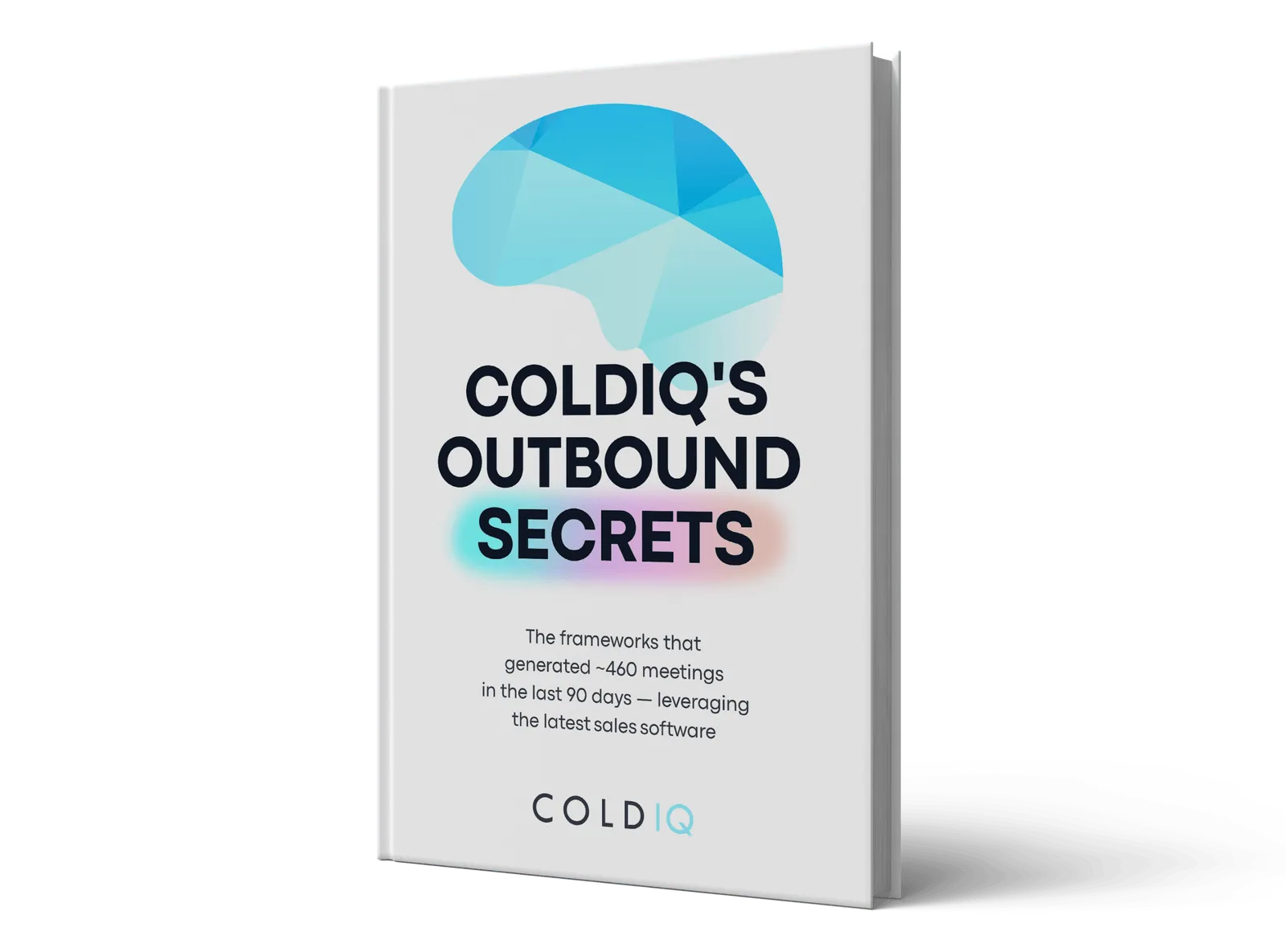
.avif)

.avif)
.avif)


